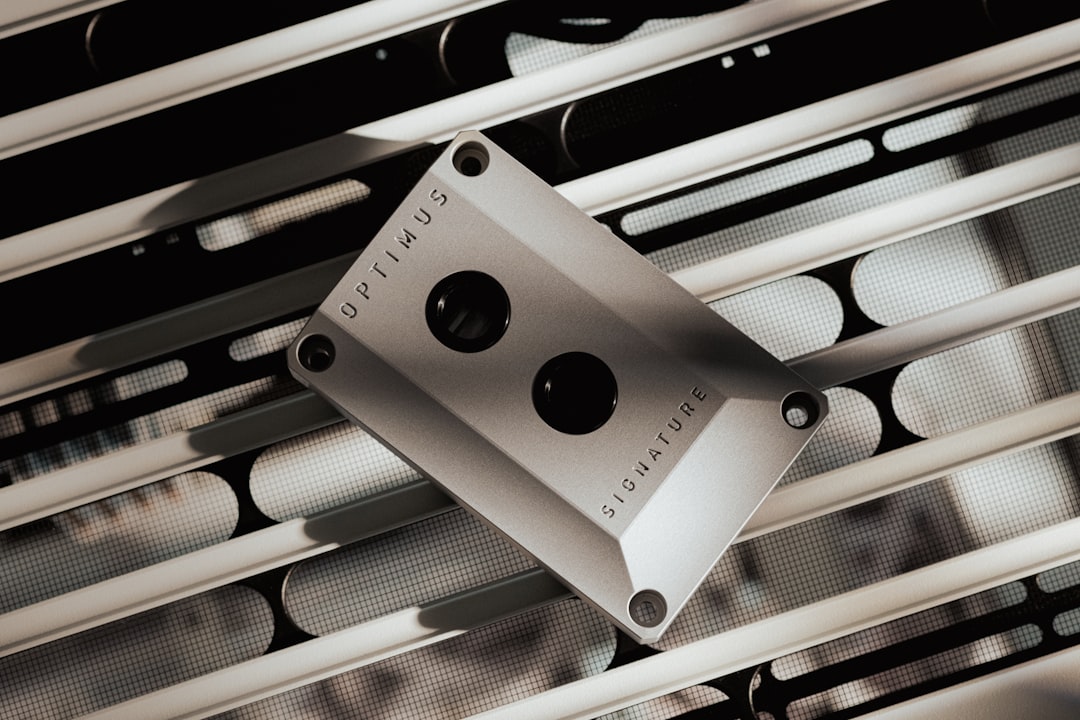In today’s world, noise pollution is a significant concern, impacting productivity, health, and overall well-being. Effective acoustic solutions are crucial for creating comfortable and functional spaces. Acoustic steel profile systems offer a robust and versatile approach to noise control, providing superior performance in a wide range of applications. This comprehensive guide explores the intricacies of these systems, delving into their design, benefits, applications, installation, and future trends.
Understanding the Design of Acoustic Steel Profile Systems
Acoustic steel profile systems are engineered structures designed to absorb, block, or deflect sound waves. Unlike traditional methods, these systems leverage the inherent strength and precision of steel profiles to create complex and effective acoustic barriers. The design often involves a combination of elements: the steel profile itself, which provides structural support and a framework for other acoustic materials; sound-absorbing materials, such as mineral wool or fiberglass, placed within the profile system to dampen sound waves; and sometimes, a facing material that provides a visually appealing finish while contributing to acoustic performance. The precise configuration of these elements is carefully determined based on the specific acoustic requirements of the project, considering factors like frequency response, sound transmission class (STC), and noise reduction coefficient (NRC).
Key Benefits of Using Acoustic Steel Profile Systems
Acoustic steel profile systems offer several advantages over traditional acoustic solutions. Their robust construction ensures durability and longevity, resisting damage and maintaining acoustic performance over extended periods. Steel’s inherent strength allows for the creation of large, uninterrupted acoustic barriers, ideal for large-scale projects like industrial facilities or auditoriums. The modular design of these systems facilitates easy installation and customization, allowing for flexibility in adapting to diverse architectural requirements. Furthermore, steel profile systems are often more cost-effective in the long run due to their durability and reduced maintenance needs. Finally, they offer superior fire resistance compared to some alternative materials, contributing to overall building safety.
Diverse Applications of Acoustic Steel Profile Systems
The versatility of acoustic steel profile systems makes them suitable for a wide range of applications across various sectors. In industrial settings, they are used to control noise from machinery, improving worker safety and productivity. In commercial buildings, these systems enhance the acoustic comfort of offices, conference rooms, and restaurants. They are also frequently employed in architectural projects to mitigate noise transmission between different areas of a building. Furthermore, acoustic steel profile systems find application in transportation infrastructure, such as railway stations and airports, reducing noise pollution in surrounding areas. The entertainment industry also benefits, utilizing these systems in recording studios, theaters, and concert halls to optimize sound quality.
Installation and Maintenance of Acoustic Steel Profile Systems
The installation process of acoustic steel profile systems typically involves several stages. First, the structural framework is erected, ensuring precise alignment and stability. Next, the sound-absorbing materials are carefully placed within the steel profiles, ensuring complete coverage and minimizing air gaps. Finally, the facing material, if applicable, is affixed, providing a finished aesthetic and potentially adding to the acoustic properties. Professional installation is crucial to guarantee optimal performance. Maintenance is generally minimal, primarily involving periodic inspections to ensure the structural integrity of the system. Any damage or wear should be addressed promptly to maintain the effectiveness of the noise control measures.
Future Trends in Acoustic Steel Profile Systems
The field of acoustic steel profile systems is constantly evolving, driven by advancements in materials science, design techniques, and manufacturing processes. We can expect to see increasing integration of sustainable and eco-friendly materials in the construction of these systems, reducing their environmental impact. Innovations in design are likely to lead to lighter, more efficient, and aesthetically pleasing systems, catering to a broader range of architectural styles. Furthermore, the use of advanced modelling and simulation techniques will allow for more precise design optimization, ensuring optimal acoustic performance tailored to specific requirements. The development of smart technologies, such as integrated sensors and acoustic monitoring systems, could further enhance the performance and management of these systems in the future.
In conclusion, acoustic steel profile systems present a powerful and versatile solution for controlling noise pollution and optimizing acoustic environments. Their durability, flexibility, and effectiveness make them an ideal choice for a variety of applications, ensuring a quieter and more productive future.
SEO Tags: Acoustic Steel Profiles, Noise Control Systems, Sound Absorption, Steel Profile Acoustics, Acoustic Design




